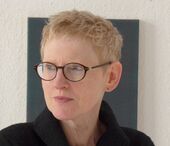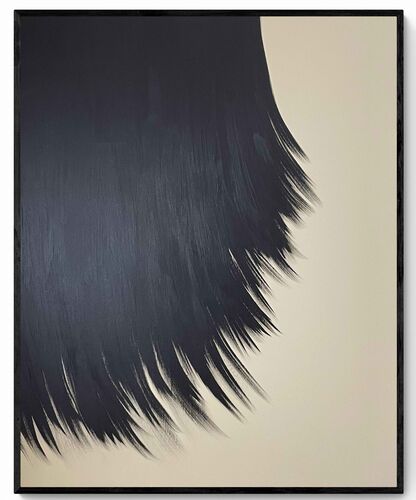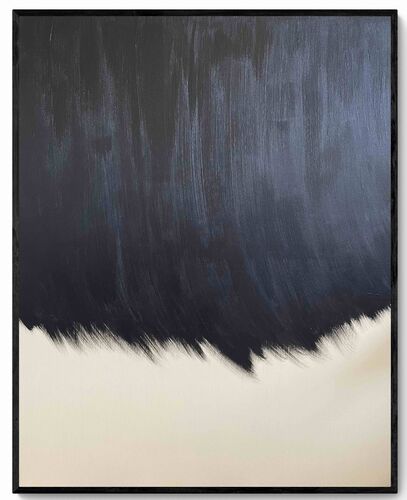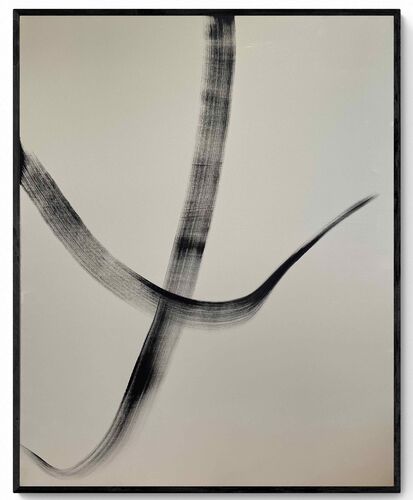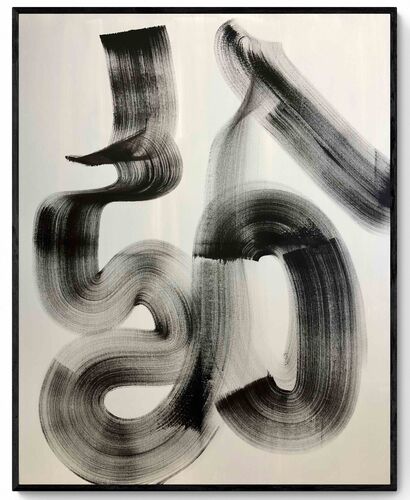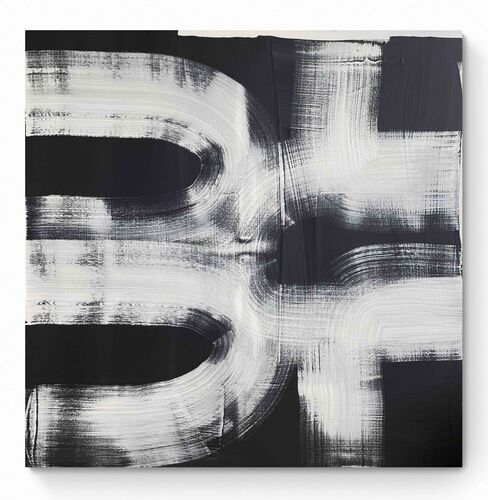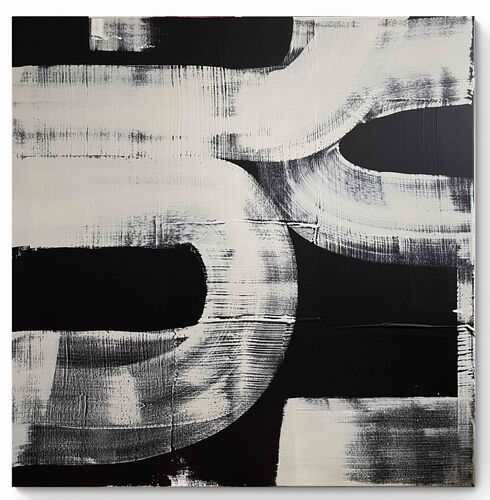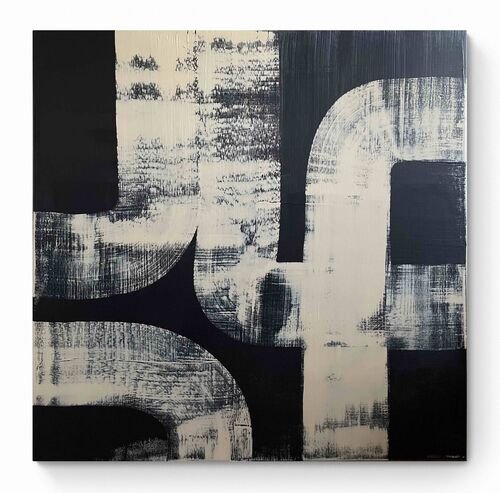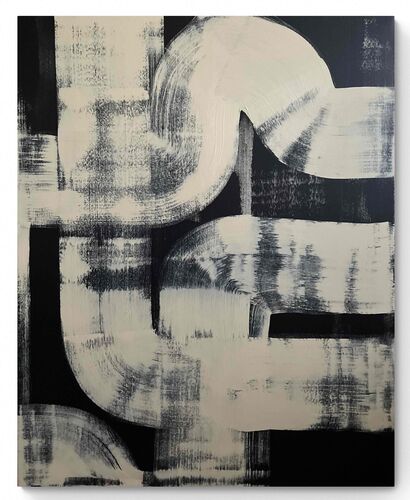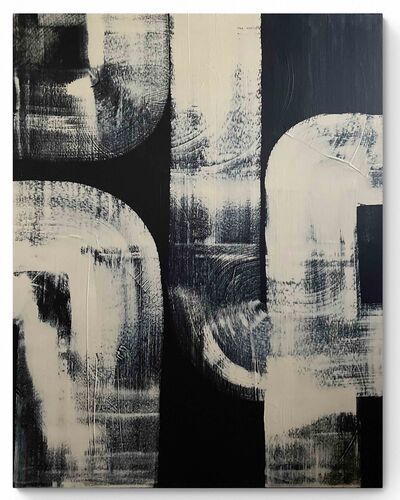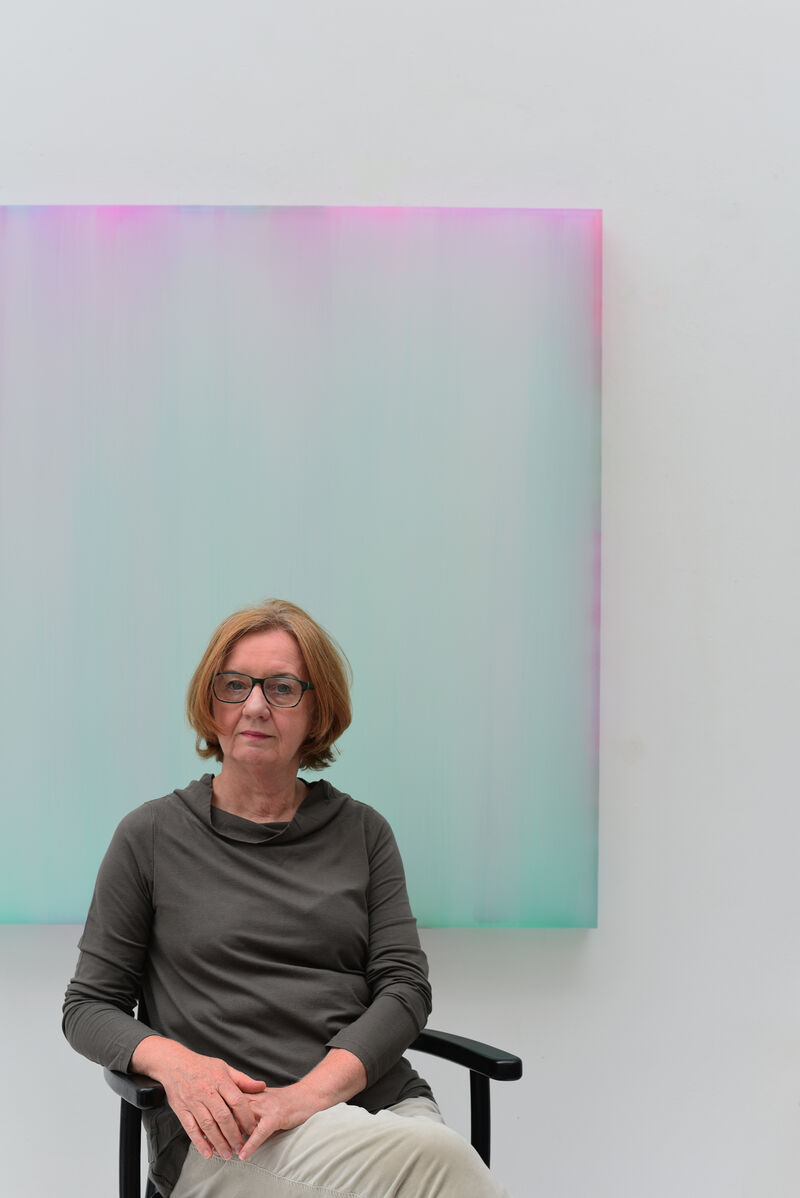
Wax painting: the beauty of the light flowing color
How can a picture shine from itself without a light source? Sybille Pattscheck's works provide an answer to this question. Using the ancient technique of encaustic, in which liquid beeswax is applied in combination with pigments, she creates works that seem to radiate. In the interview, she explains to us how she came to this exciting painting technique and what she likes so much about it.

Sybille Pattscheck's confident handling of encaustic becomes visible in the surprisingly varied color effects of her works: sometimes the wax paintings glow in warm red-orange tones, at other times they appear like bluish-green blocks of ice in which the sunlight refracts. This glassy effect is achieved mainly through bleached beeswax - a painting medium that can appear transparent even after the addition of pigments. By using a box of glass or acrylic as a base, the paint seems to float.
In the years of her involvement with the material, the artist has developed a particularly fine painting technique in which she applies the wax color with a broad brush in several thin layers. In doing so, the ductus remains clearly visible and the different colors shine through each other - the background thus shines through the slightly uneven surface and creates an exciting depth effect. The color at the edges of the picture is applied somewhat thicker, while it thins out toward the center. This change in color depth creates an open space in the center of the picture that has a strong contemplative effect. The colored edges of Sibylle Pattscheck's works are also remarkable: due to the much thicker application of wax in these places, the multitude of layers of color only becomes visible and the often little noticed part of the picture becomes an active component of her works.
Born in 1958, the artist lives and works in Cologne. She has participated in numerous international exhibitions and won several prizes, including the Artists' Prize at the Grosse Kunstausstellung Düsseldorf, 2018. Her works can be found in renowned private and public collections such as in the cities of Cologne, Bonn, Münster, the Art Collection of the State of North Rhine-Westphalia, the Sparkasse, Sony Deutschland GmbH and Rhein-Braun AG, Cologne.
The working environment plays an important role in her choice of colors, as Sybille Pattscheck tells us in an interview. The color of a landscape, the view of the sky or simply out of the window: all these impressions indirectly influence the artist in her way of working.
Can you tell us about your painting?
In my painting I try to make the intensity and impression of one or more color tones perceptible in harmony. This happens through the light, which depending on the time of day or light situation in the room always differently on a transparent picture body and on bright, translucent layers of paint. Often the edges of my paintings are painted in several colors, and when the light hits these painted edges, they radiate into the usually monochrome painted picture surface and change it. The light is actively painting, so to speak. The perception of the painting is also different, depending on which side the viewer approaches, from the side or from the front.
I find it interesting that the painting process remains present for me in retrospect, the course of the brushstroke remains visible, as does the amount of color, which sometimes appears more densely, sometimes more openly on the picture surface. Coincidence plays a major role here, because the act of painting is accompanied by many imponderables.
The result is usually different than expected, surprising, sometimes strange.
What do you want to achieve with your work?
To think colorful, for me and for those who look at my pictures.
But also joy in viewing because of the beauty and luminosity of the color that flows through the light.
How did you get into encaustic and what do you like about this technique?
Encaustic means wax painting and is a very old painting technique that was used in ancient times. Wax is heated and mixed with pigments or oil paints. What fascinates me about painting with beeswax is the special materiality: the wax spread takes up space, has a certain physicality, is translucent, slightly ivory-colored, has a special natural luster and is fragrant. The translucency of wax causes the great luminosity of the added colors, similar to a watercolor.
There are a number of artists who use or have used wax as a binder, but I became aware of this special material through the work of a sculptor who used beeswax for her models, and initially added it in small amounts to my oil paintings on canvas. With time I realize that this painting medium is so independent that I use it better pure and do not put it in the service of a depictive painting.
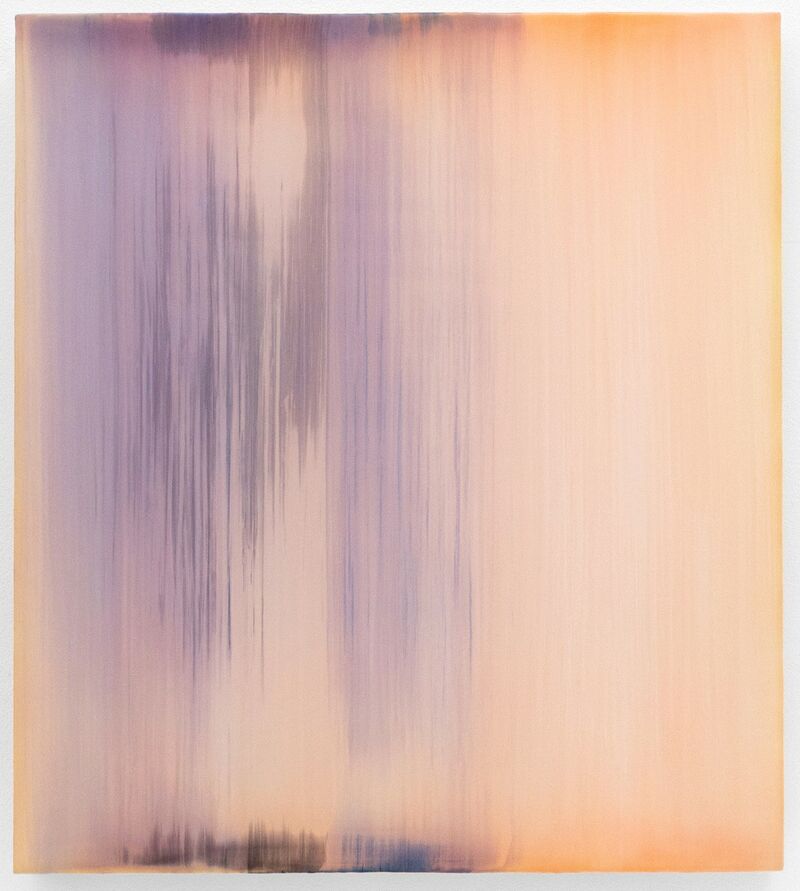
Are there any colors or color groups that are particularly suitable for encaustic?
In principle, all heat-tolerant pigments can be processed. In my painting, however, I prefer the colors of the light spectrum, so more pure, bright colors, I want to create colored light spaces.
What things from your environment influence your color choice?
My choice of colors is certainly indirectly influenced by the hues of my immediate surroundings, the landscape in which I live with the respective light moods there, the colors of the sky, especially the fine gradations of sky colors from blue-gray to rosé, but also what I see when I look out the window in the studio, the nuances of the green tones in the plants. But beyond that, the inner mood also plays a role, caused by news, reading, friends, encounters.
At what time of day can you work best?
In the afternoon, early evening, when I am inspired.
What would the "ideal" exhibition space be for you?
The ideal exhibition space would be a bright, light-filled room, without strong sunlight, with the interior and exterior in an exciting relationship.
Which artist do you particularly like at the moment?
These are the great pure black paintings of Pierre Soulages, who found all colors united in black. As a painter, however, I also admire the paintings of Robert Ryman, which are consistently reduced to the color white. Both painters convince me with their consistency and sensitivity. They offer the viewer the opportunity to "think in color".
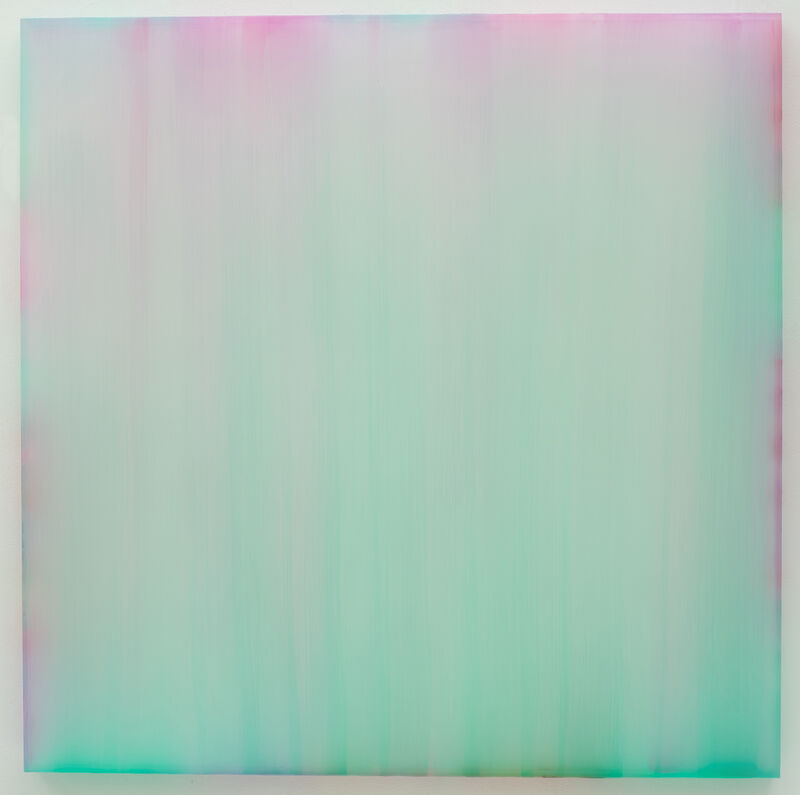
Name: Sybille Pattscheck
Date of birth: 1958
Place of birth: Wesel
Place of residence: Cologne and Pulheim/ Dansweiler
Website: http://www.sybillepattscheck.de
Gallery: Gallery Geissler-Bentler, Bonn
Dive deeper into the art world
Susanne Stähli: »diluting, trying, layering...«
Susanne Stähli's work usually begins with an experimental investigation of suitable color tones. In doing so, she starts from an approximate idea of the color and approaches it through an additive method by adding very thin layers of paint. As the artist tells us in the interview, light plays a central role here, because it is not only part of the surroundings, but becomes an active component of her artworks.
Staged Realities
For the first time in over 25 years, there is another major exhibition on Jeff Wall in Canada: the Museum of Contemporary Art Toronto is presenting over 50 works by the renowned artist in Jeff Wall Photographs 1984–2023. The exhibition runs until March 22, 2026.





